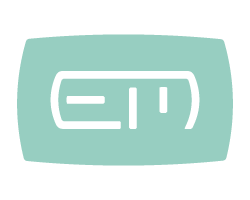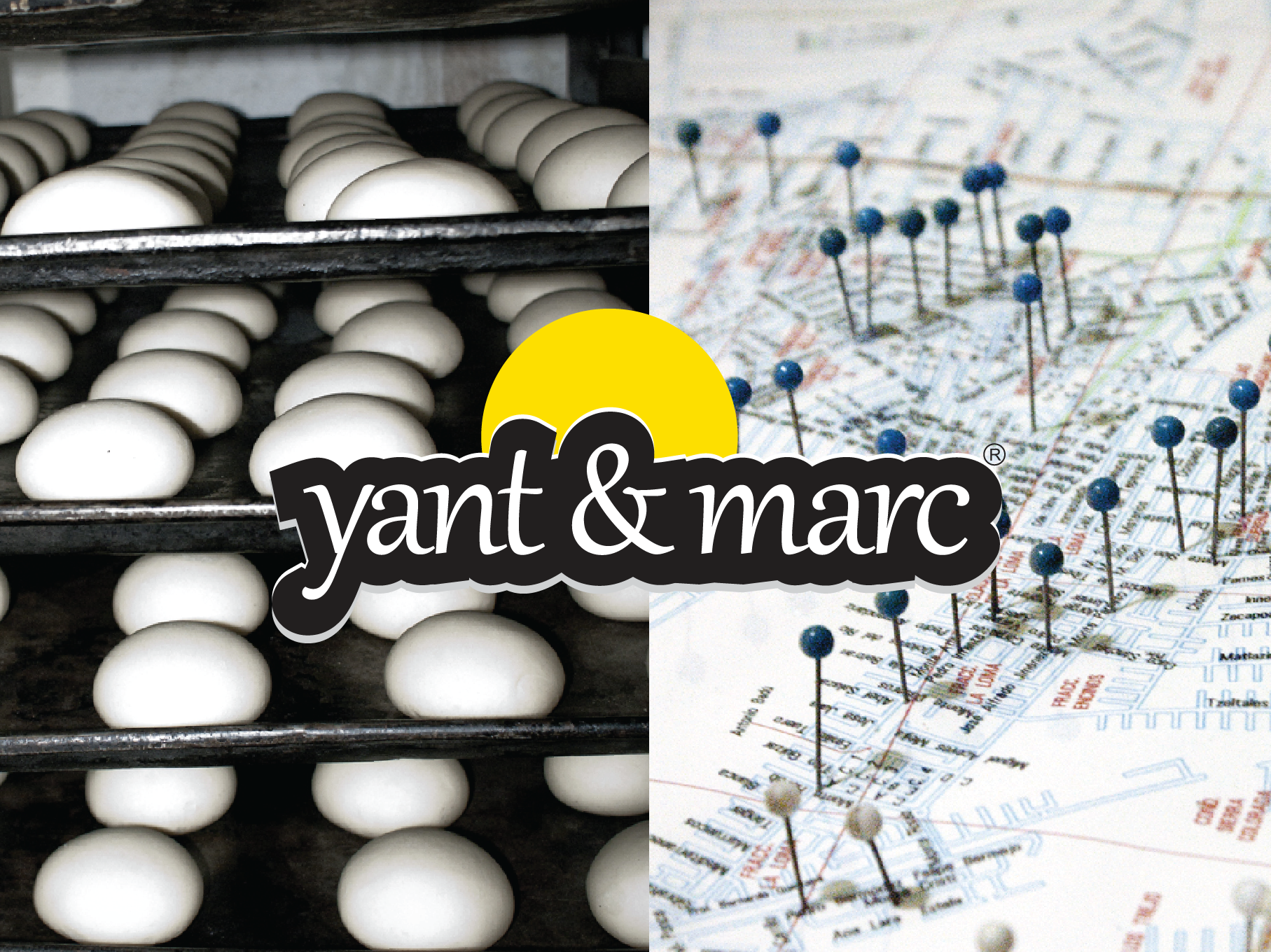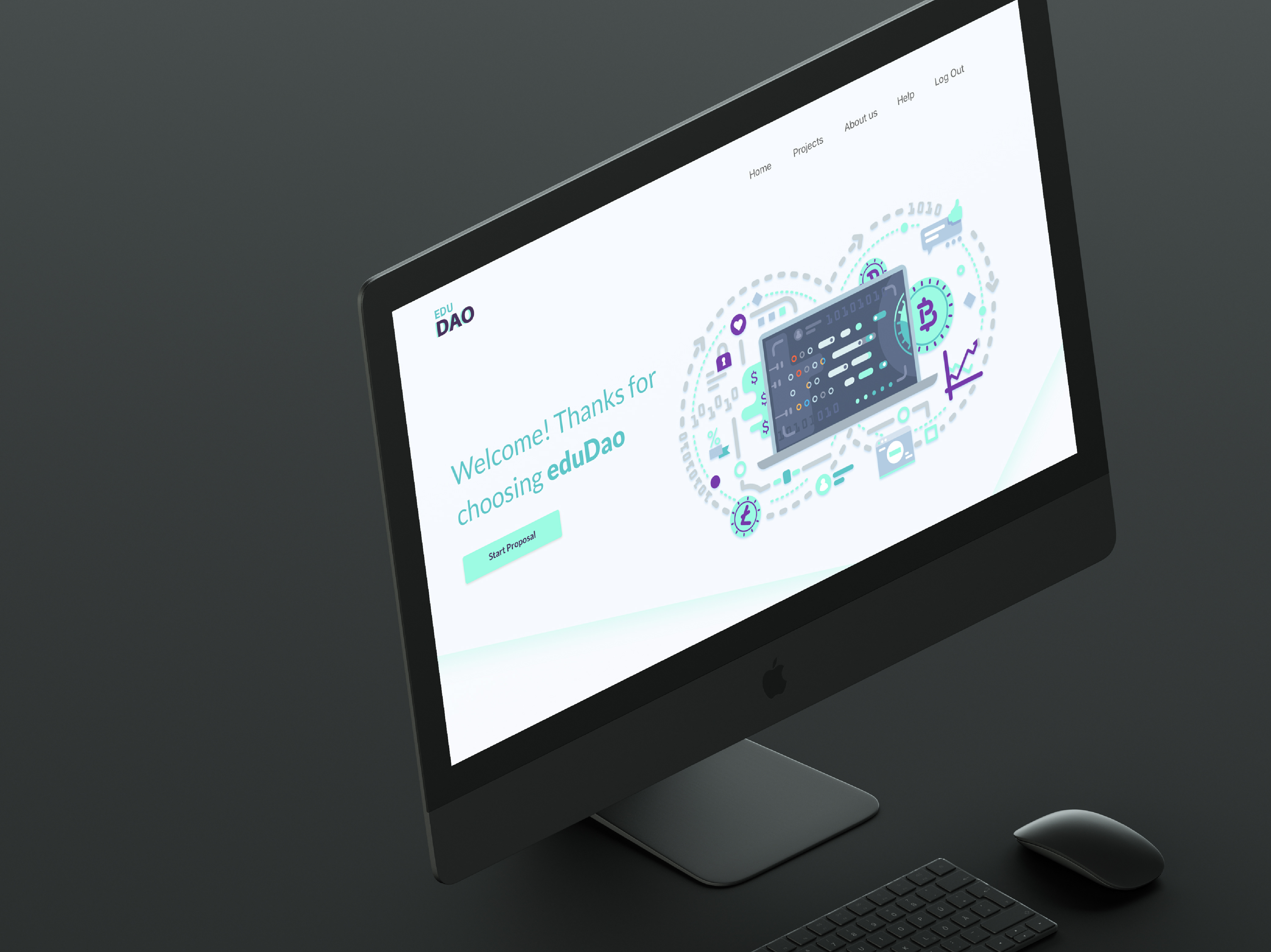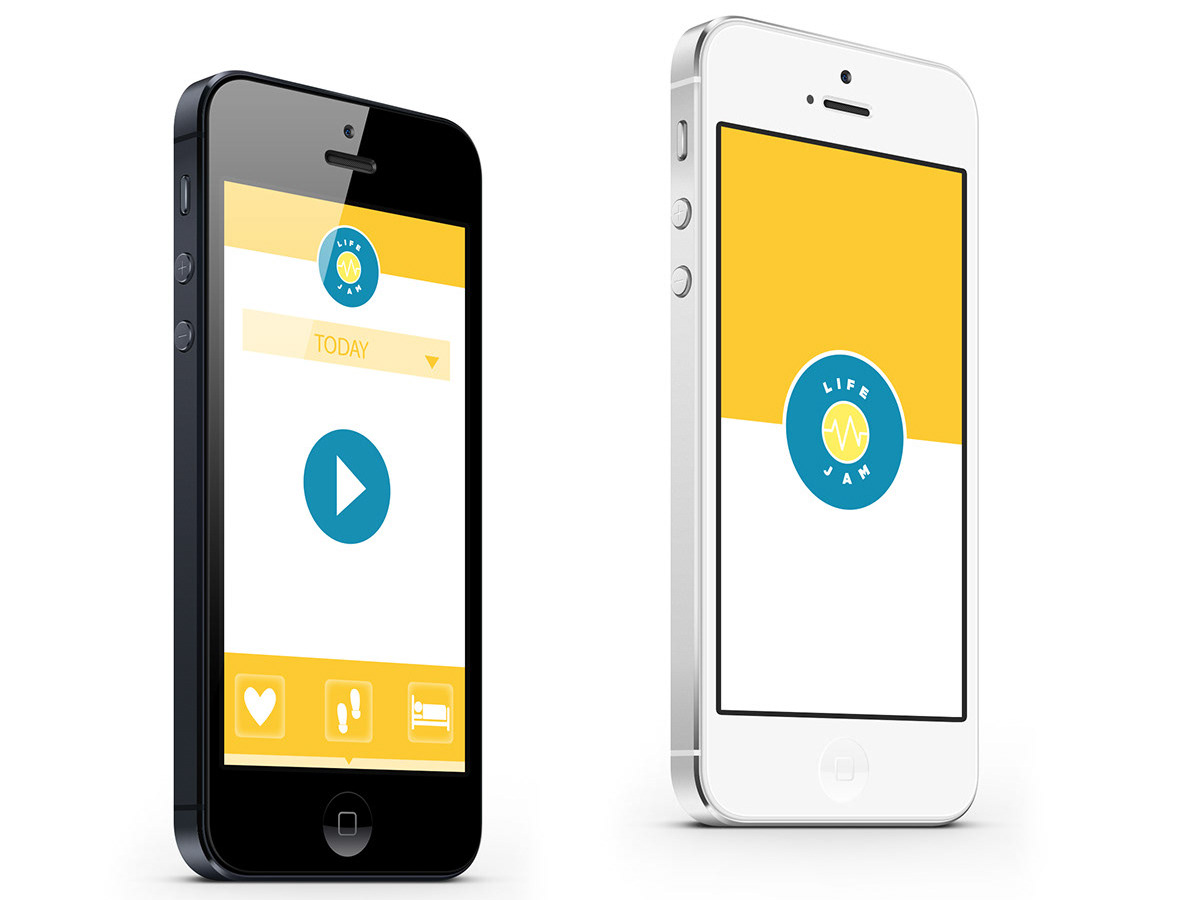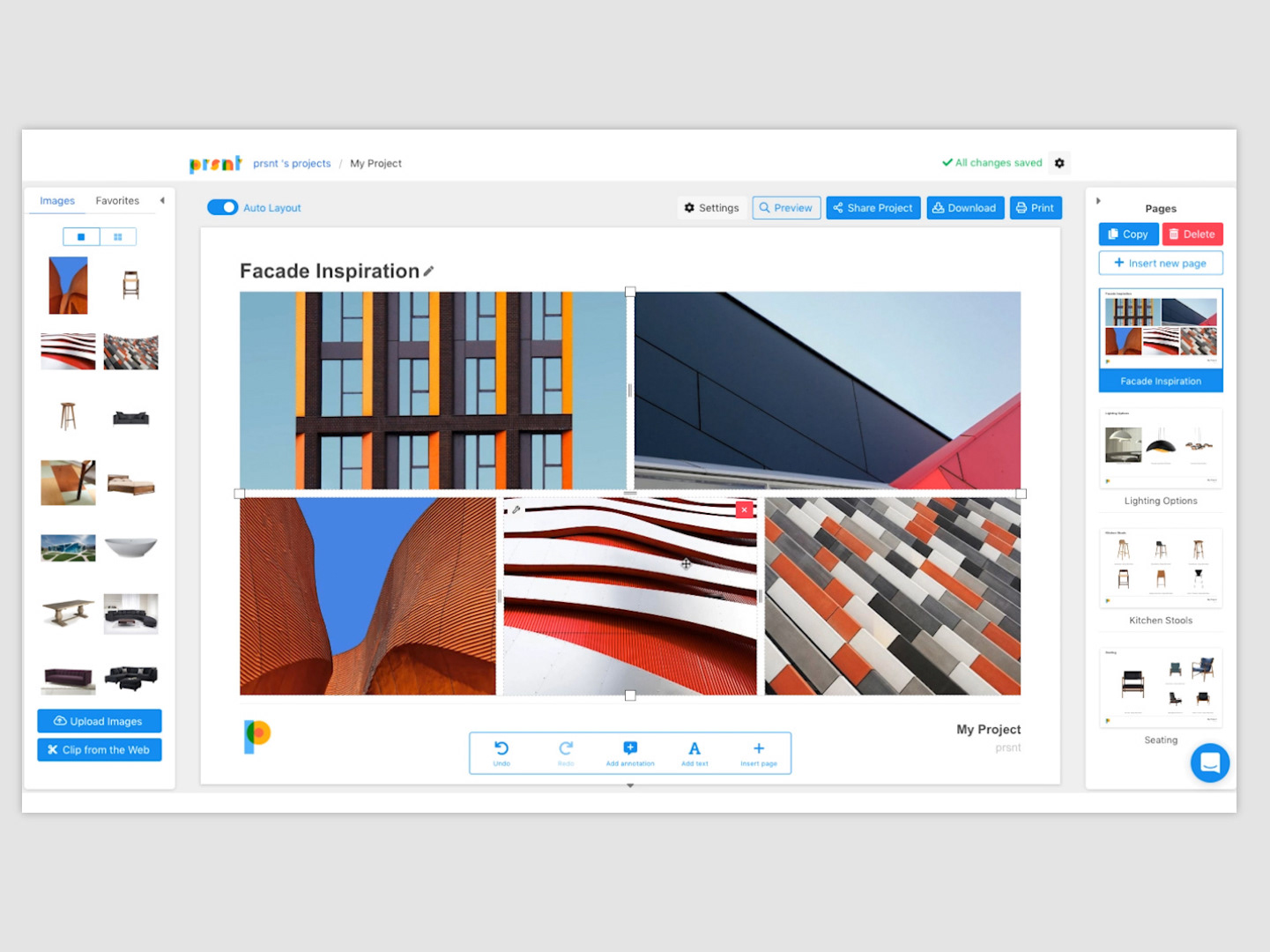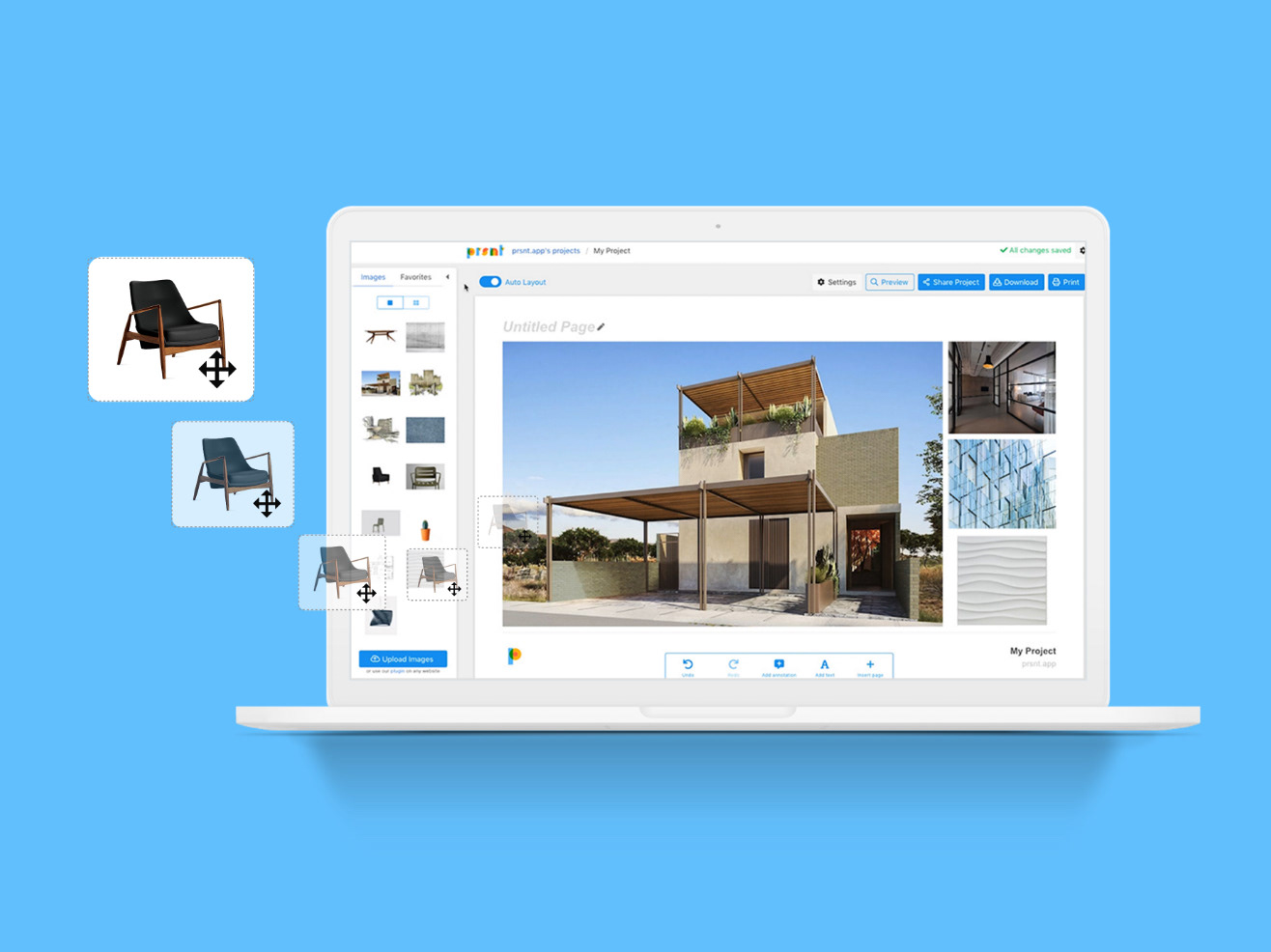Repeat Roses removes, restyles and delivers floral arrangements to people in the community (hospitals, shelters, and charities). Repeat Roses recollects the flowers one last time for composting in order to divert waste from landfills.
The Story
The Challenge
Solution
MY ROLE
Acted as product manager, documentation specialist, responsible for conducting interviews, research analysis, prototyping, usability testing, and visual design.
THE CHALLENGE
Design a way for service operators to receive and carry out jobs while providing and capturing data along the way.
Objectives
- Create an online platform where users can easily take pictures and fill in form fields.
- Provide service operators with an easy way to understand the requirements on the job.
- Create a way that all the data collected by the service operators is sent to main operations in one cohesive document.
INITIAL ASSUMPTIONS
• S.O.’s (Service Operators) have smartphones, are tech savvy
• S.O.’s have a routine for collecting data
• S.O.’s want an easier way to collect and send data
• S.O.’s are logging in data as they do their job
• The different markets perform their tasks/jobs differently
• S.O.’s provide their own transportation
ETHNOGRAPHIC FIELD STUDY
Field research consisted of:
• 6 S.O.’s interviewed
• Three shifts
Two event flower pick-ups
One floral design
During the shifts we:
• Observed how S.O.’s are currently performing required tasks
• Interviewed about their job requirements, pain points, and what was working well
• Noted work flows, routines, and tasks for a better understanding of their habits
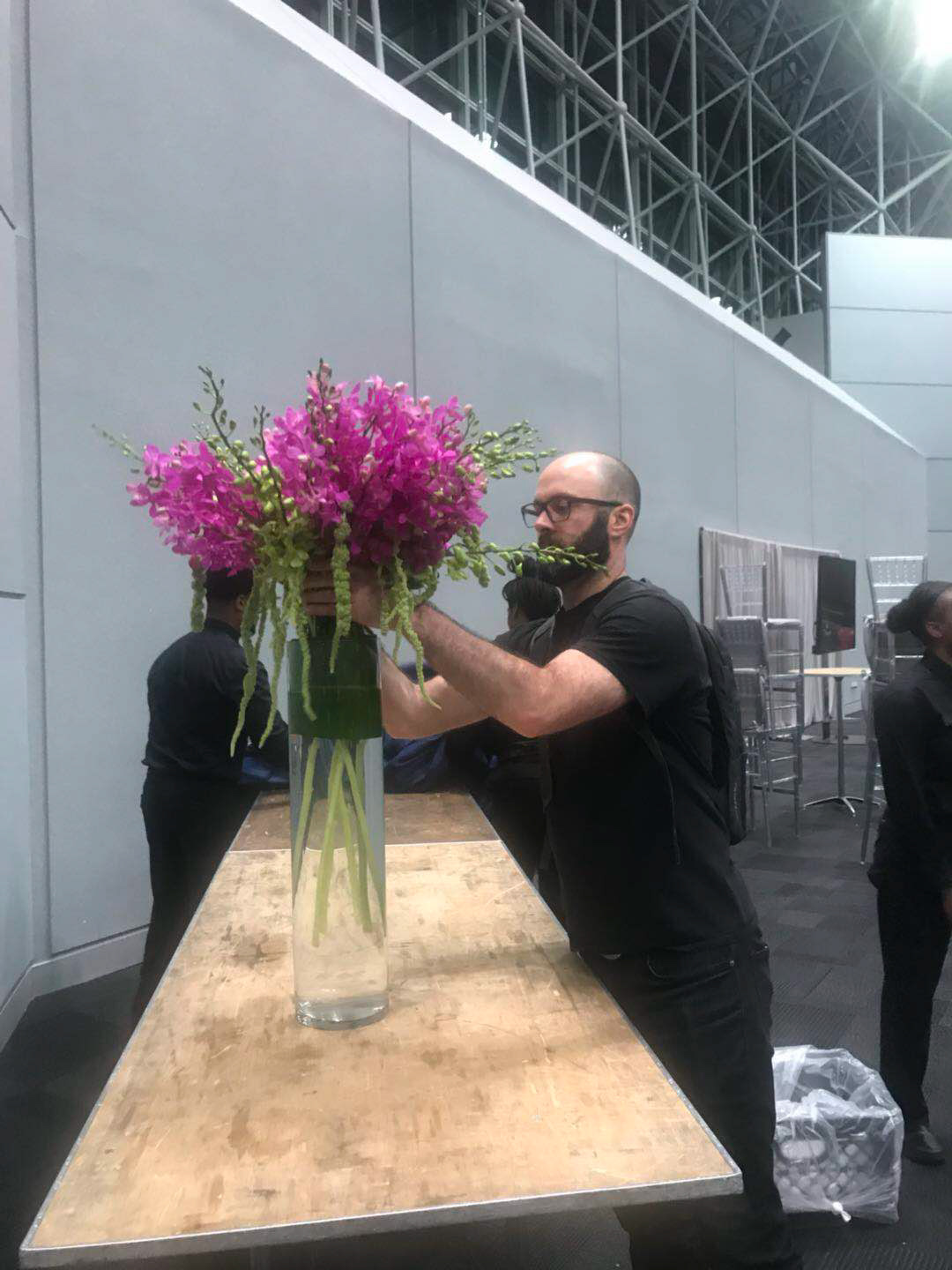

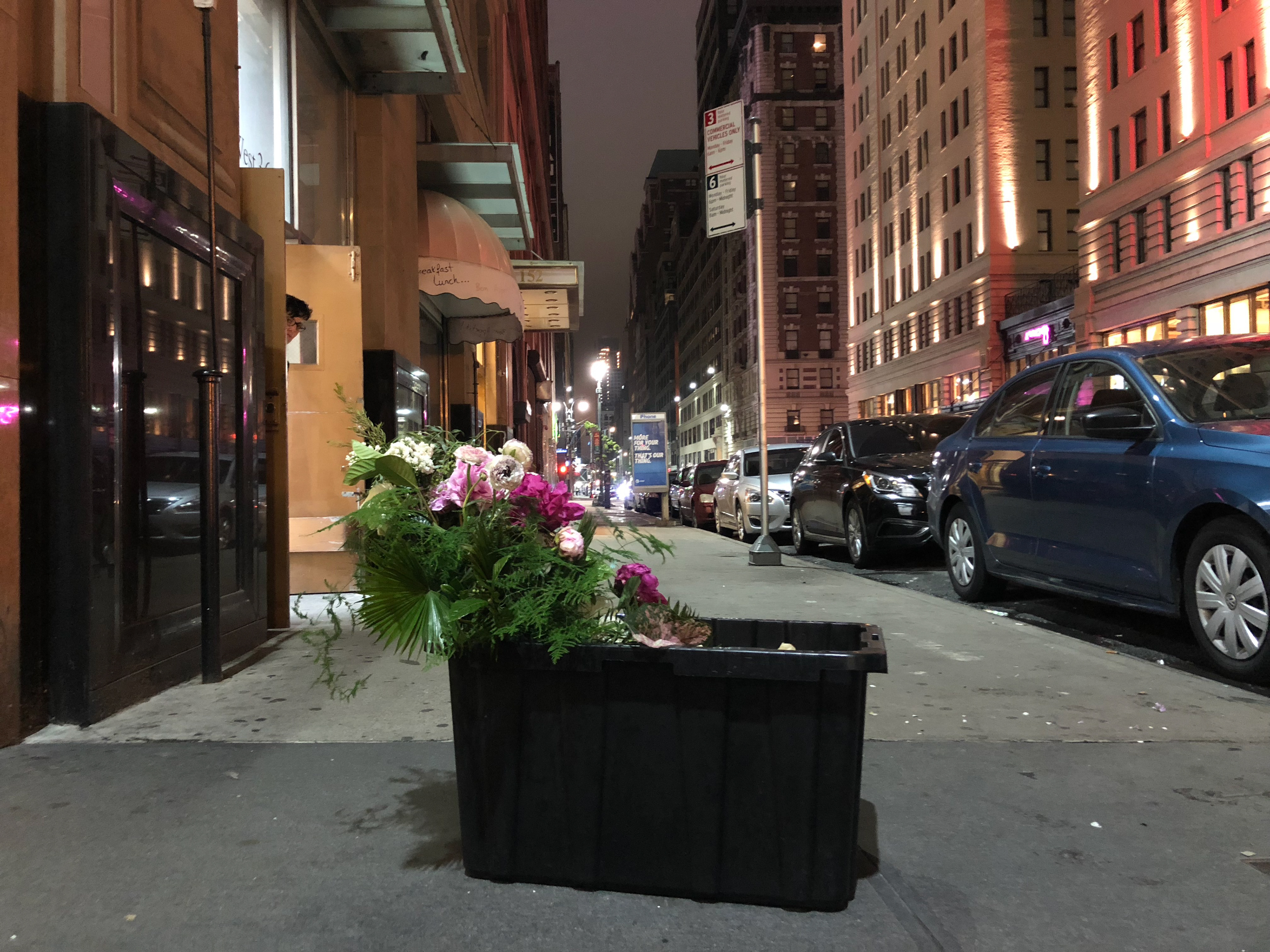
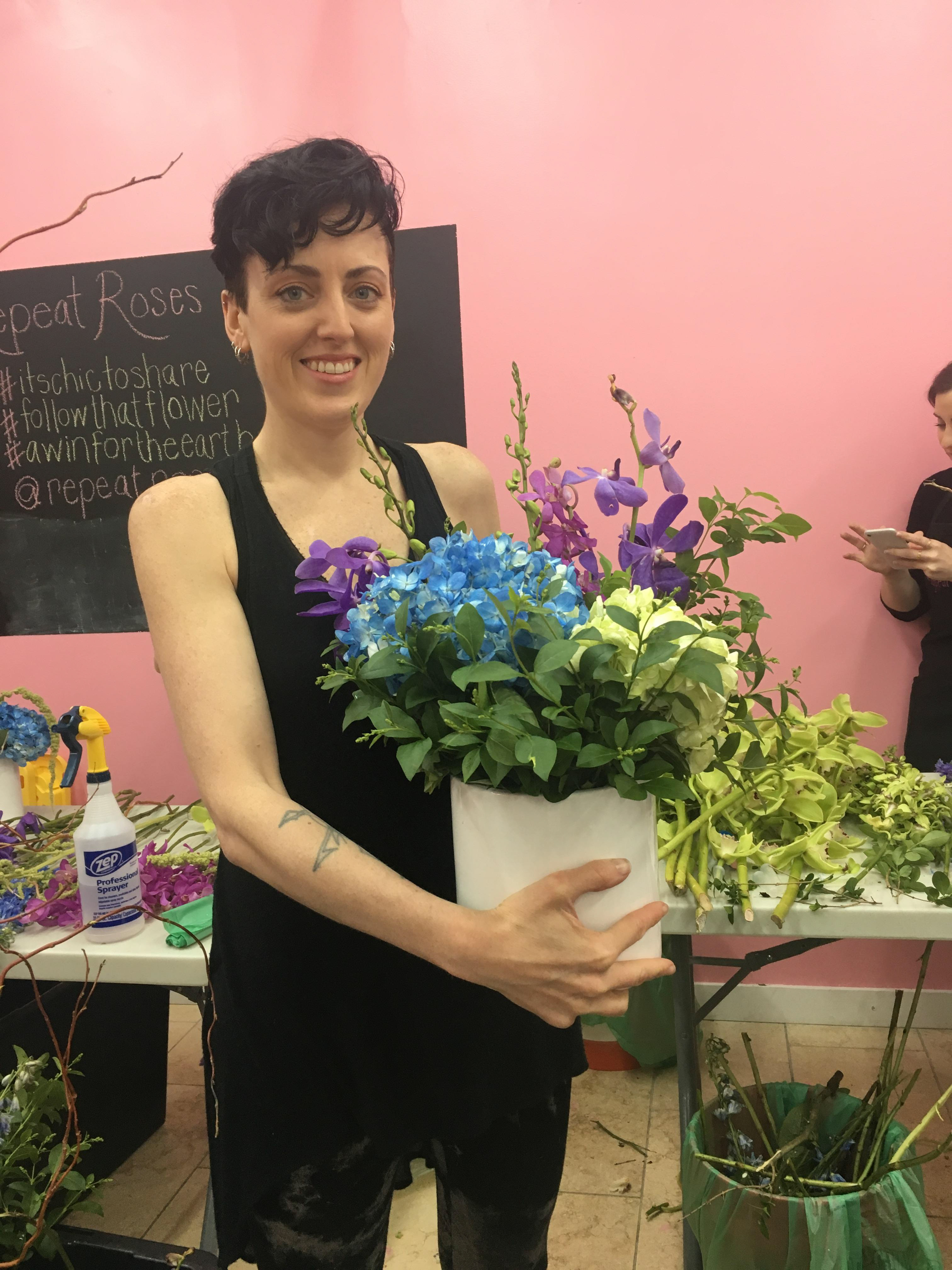
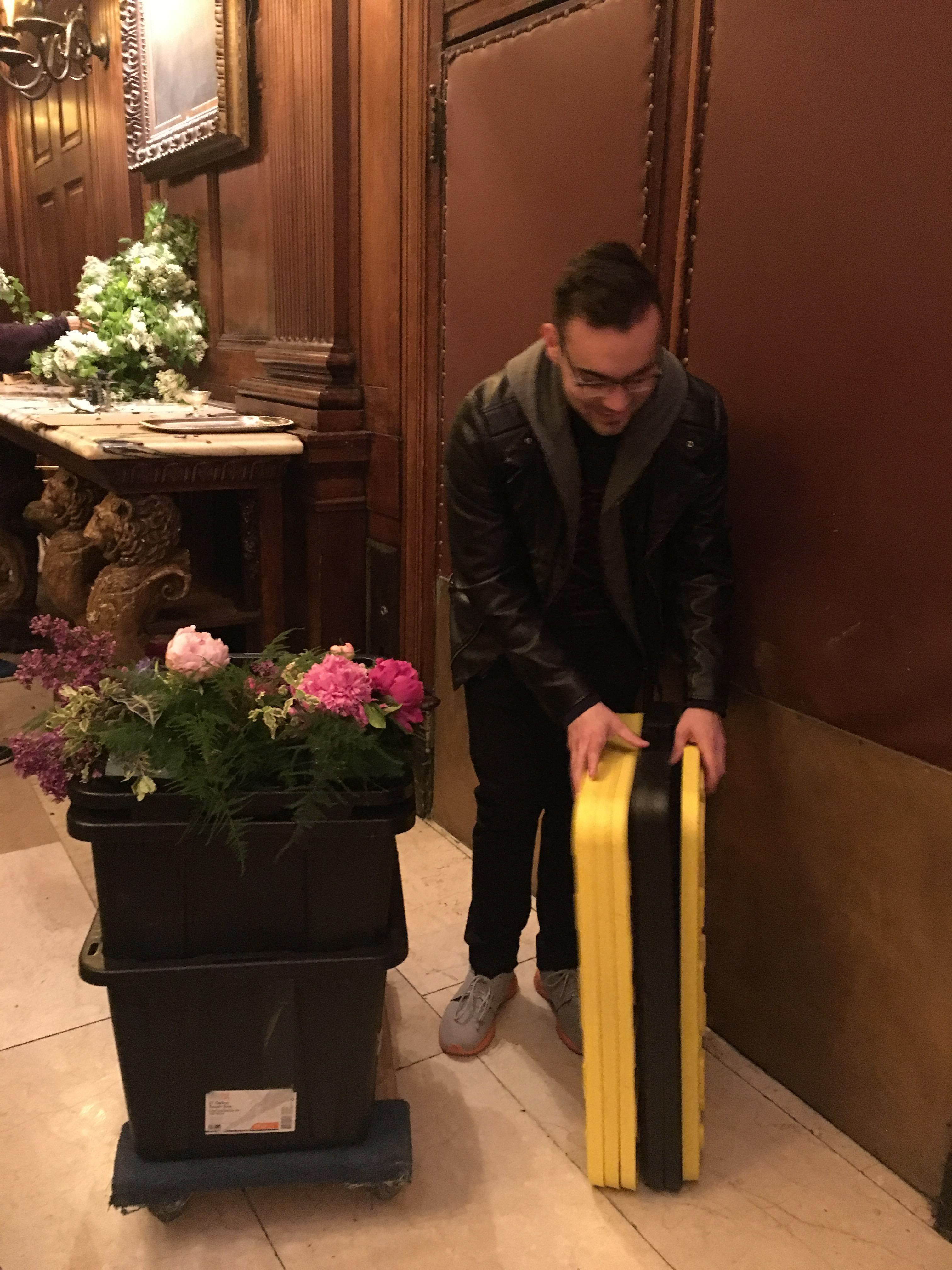
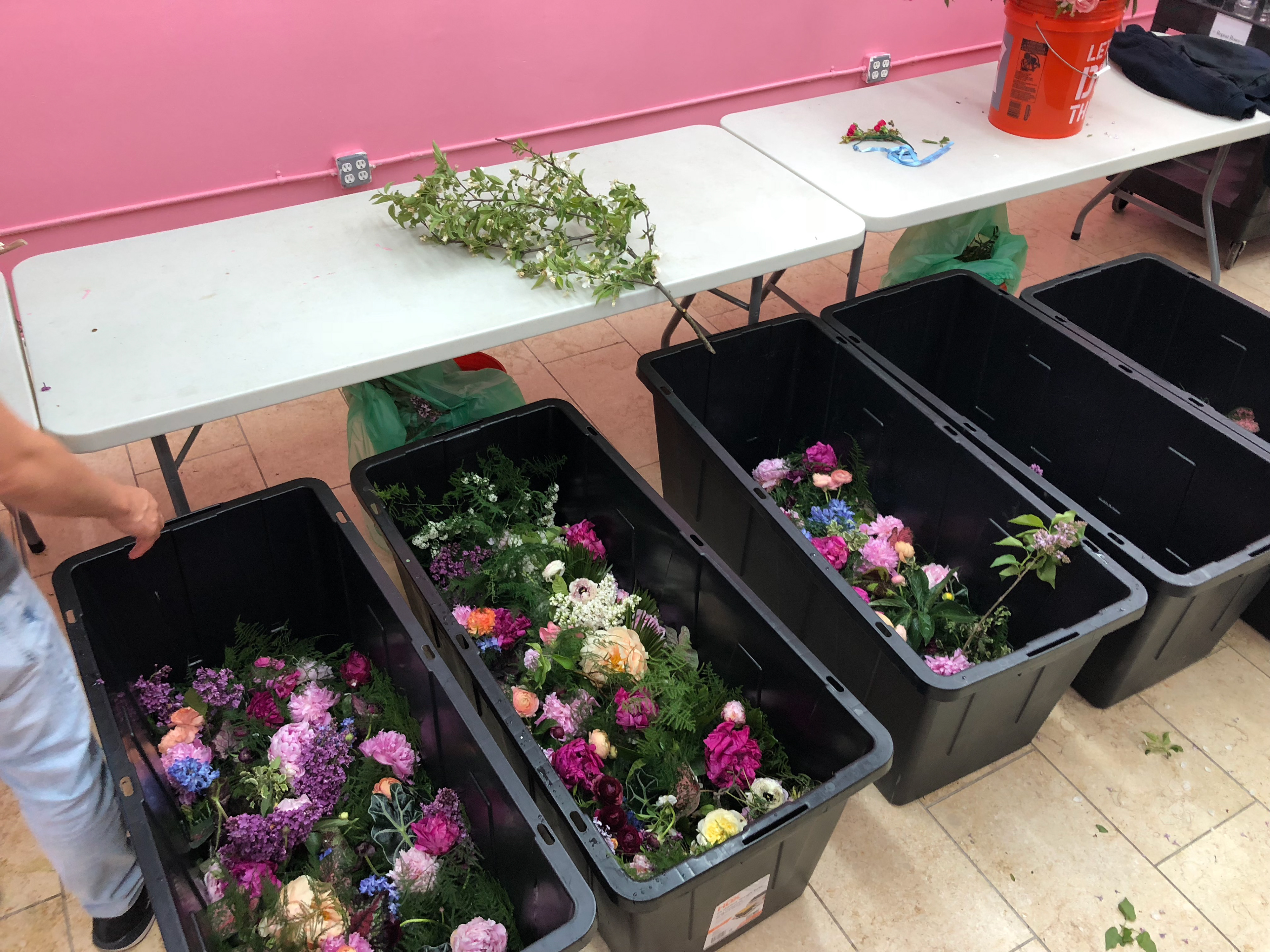
INTERVIEWS
Participants
Ranging in age from early 30’s to 60’s. 8 male and female participants were spread out over 5 different regions and markets across the country.
Communication
Questions were conducted through phone calls, video-chatting, and face-to-face. We partnered up so each session had an interviewer and note-taker.
Format
After laying the foundation of the interview, the conversation turned to gathering information on background, work and technology experience, storytelling, and probing into responses that triggered emotional ties.
AFFINITY MAPPING
Gathering all the findings from our interviews, we conducted an affinity mapping exercise to find insights, connections and associations between our user needs, goals and demographic data.
COMPARATIVE ANALYSIS
Findings
• All companies provide locations and vehicles
• Most S.O.’s work part-time
• Few companies provided training
• There's a market opportunity for digital tool
COMPETITIVE ANALYSIS
Findings
• Average steps to accomplish user goal: 5
• Input starts with a picture
INSIGHTS
PERSONAS
JOURNEY MAP
USER FLOW
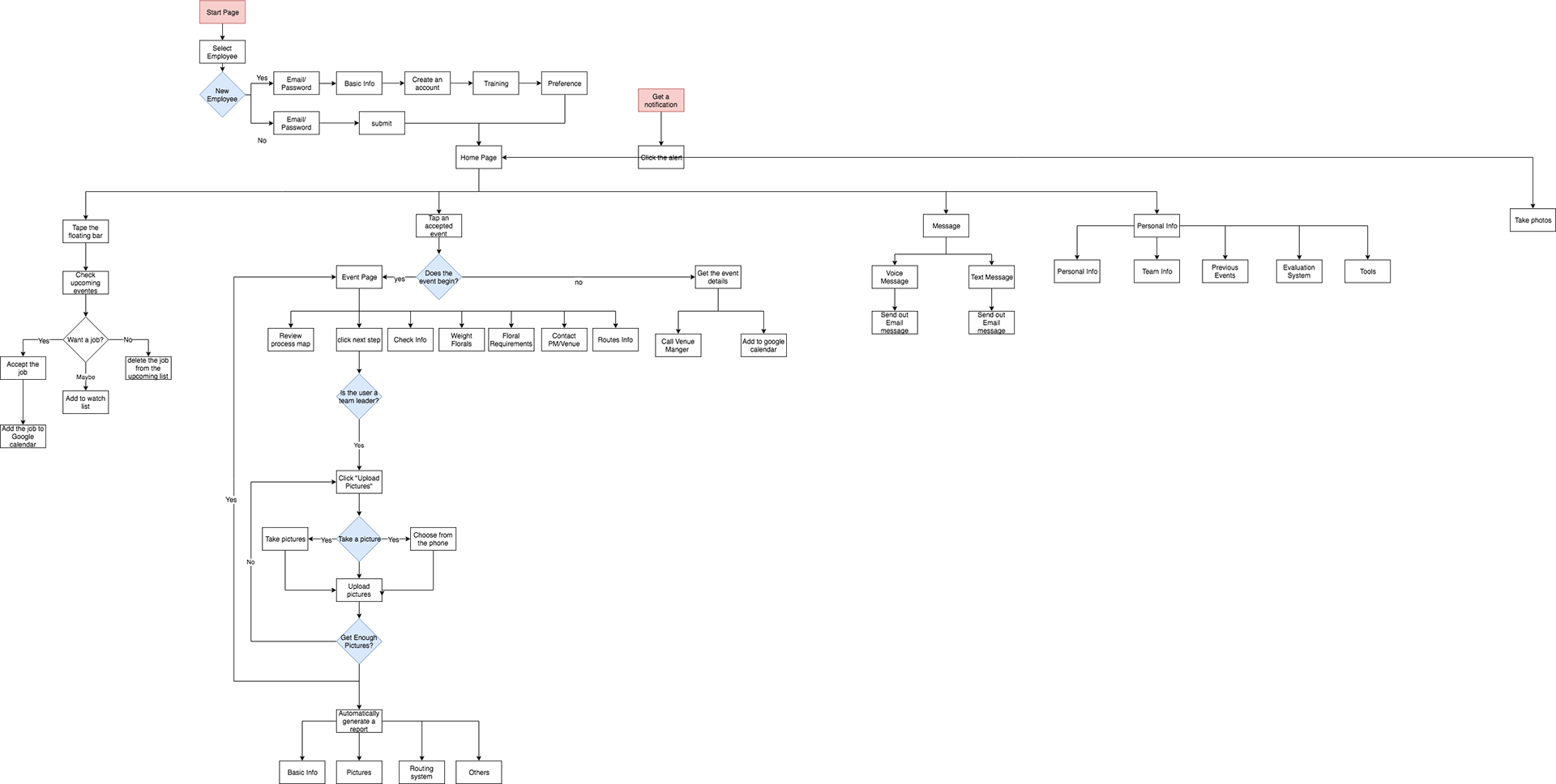
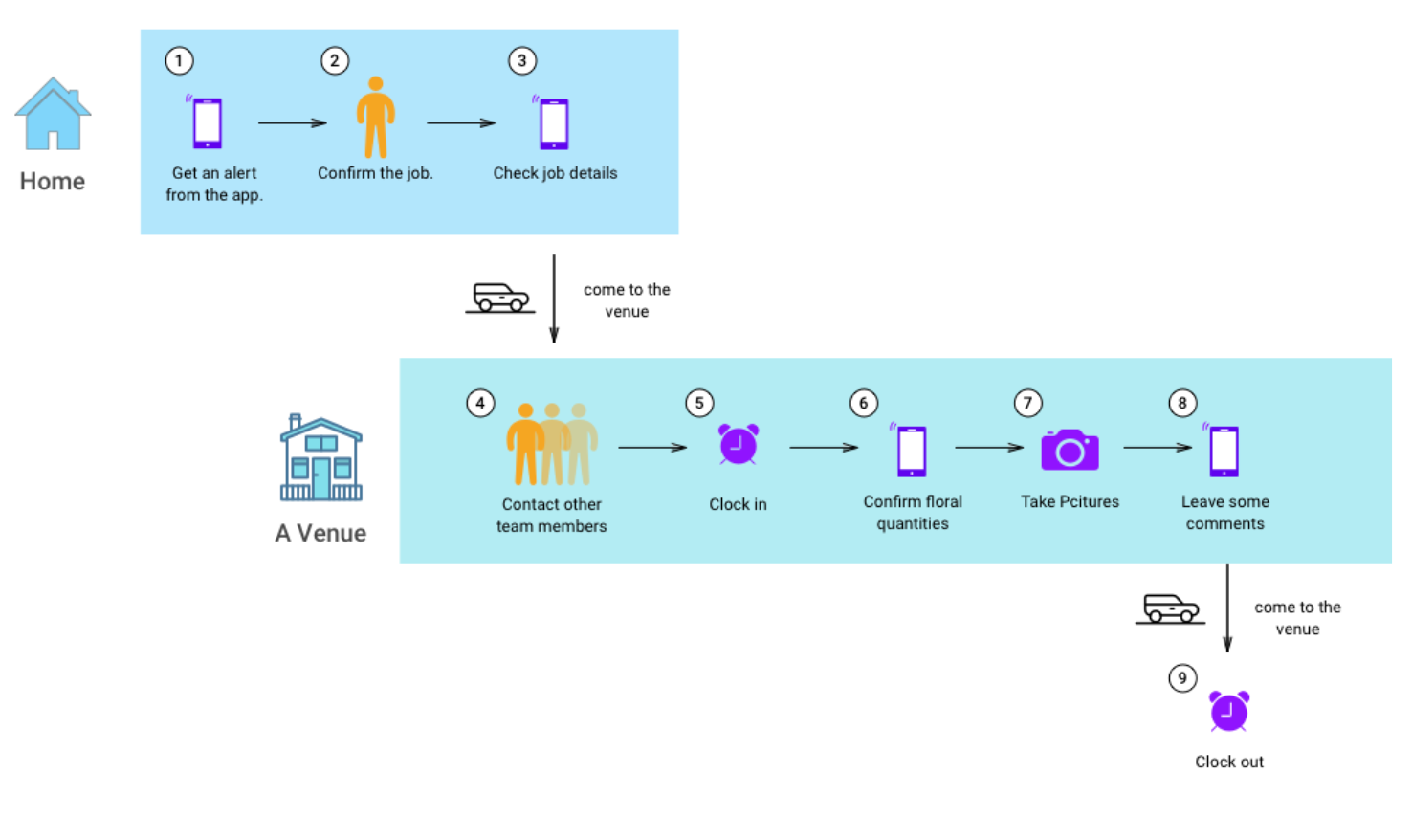
IDEATION / SKETCHES
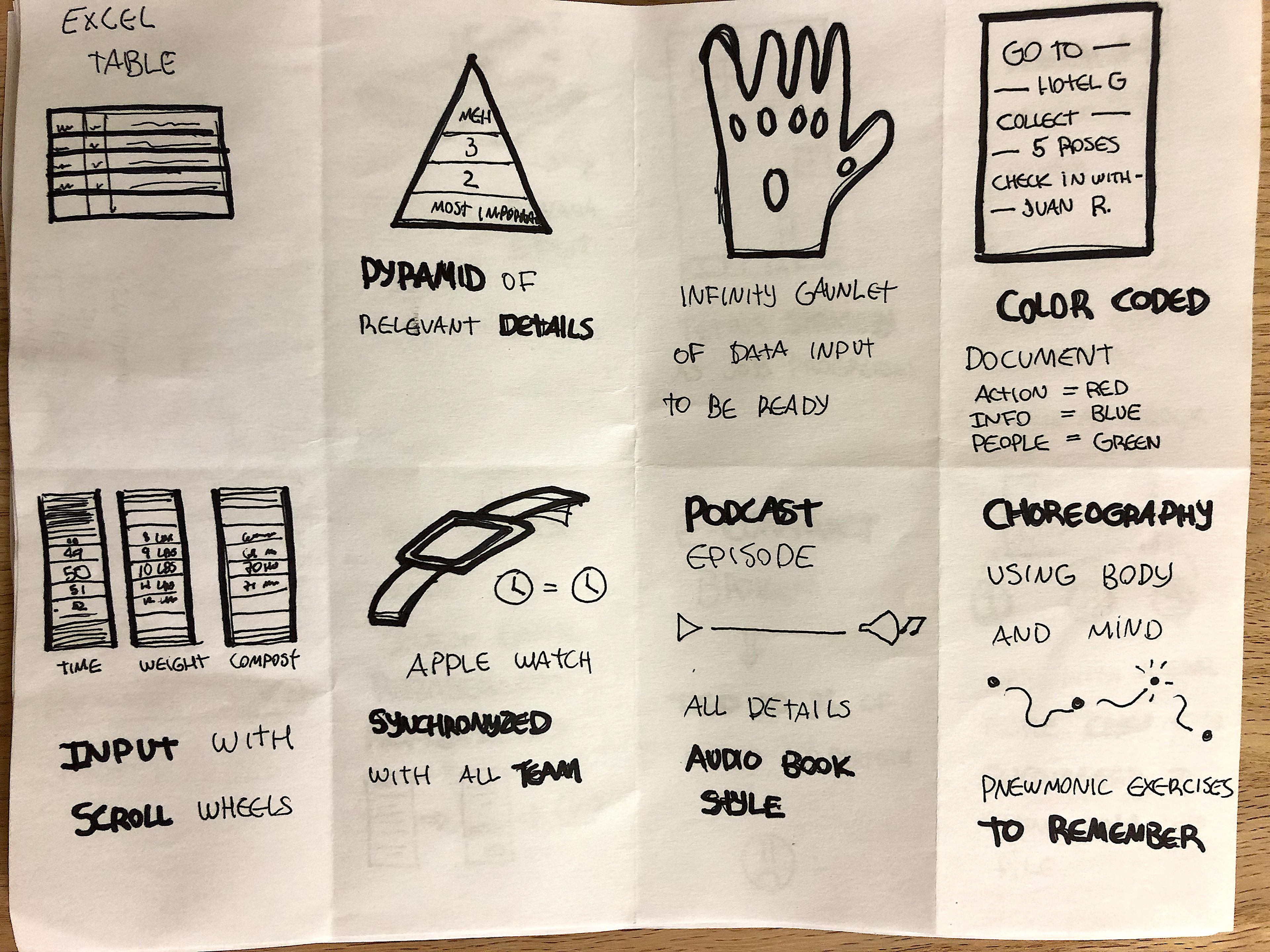
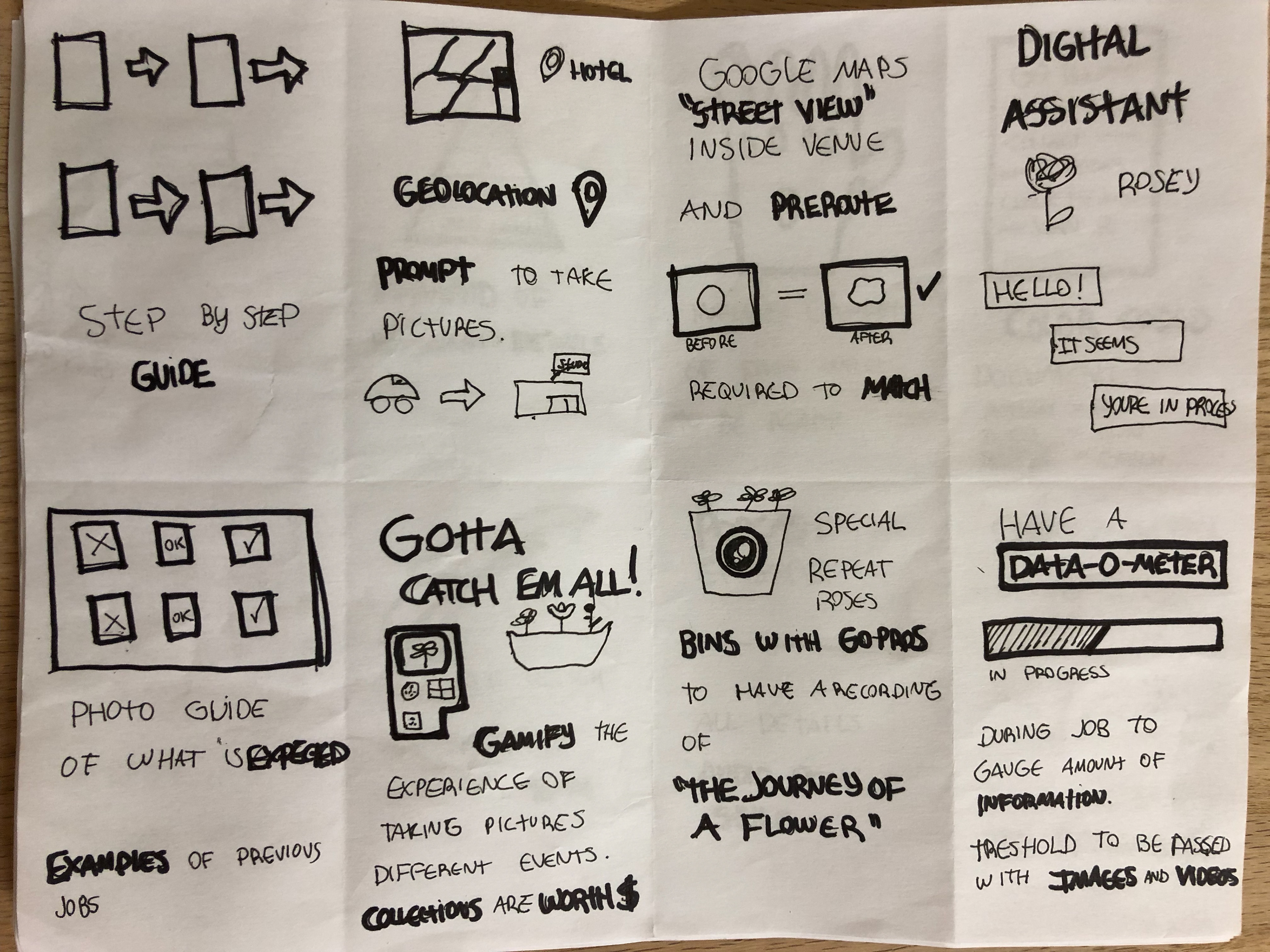
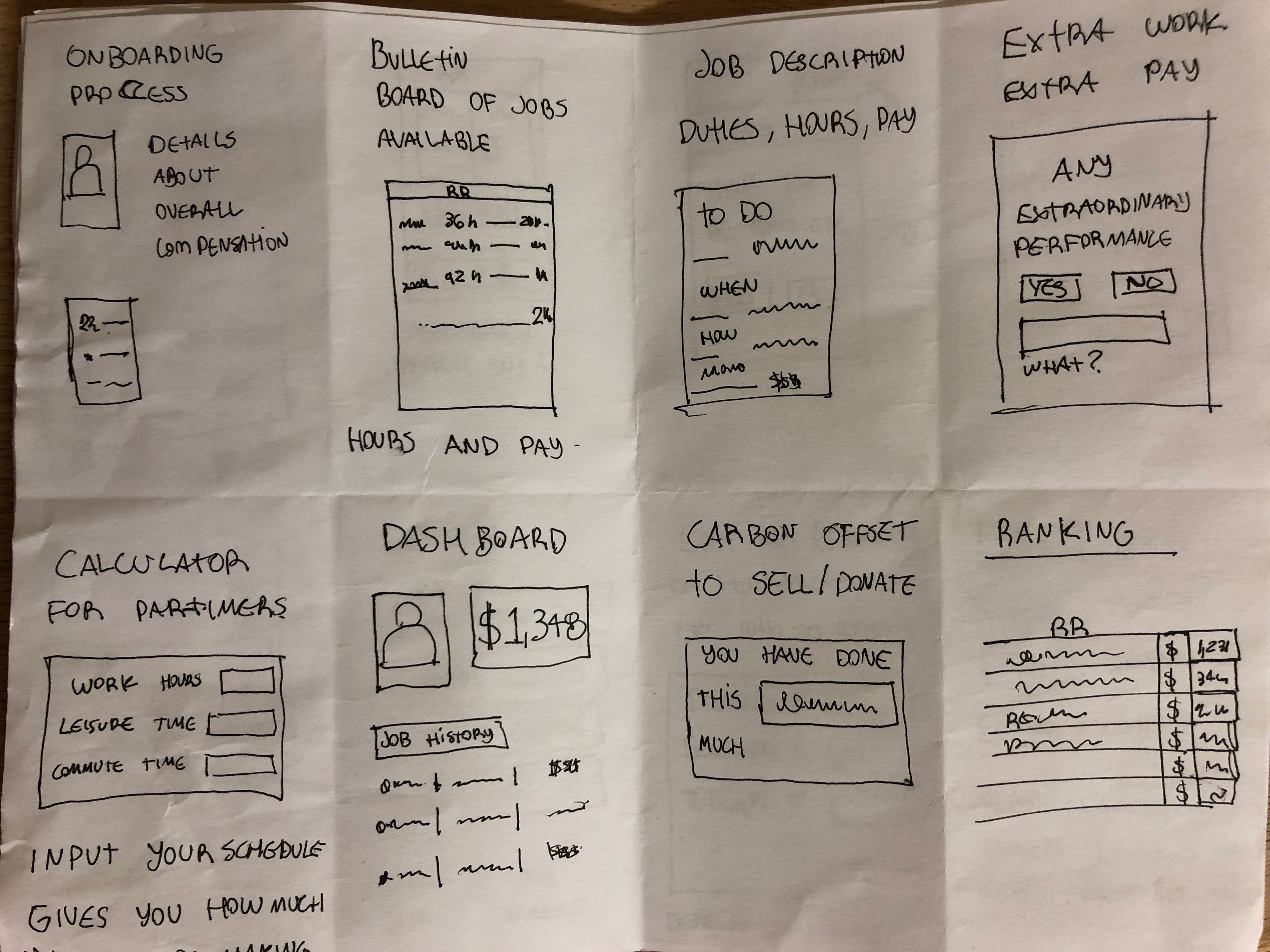
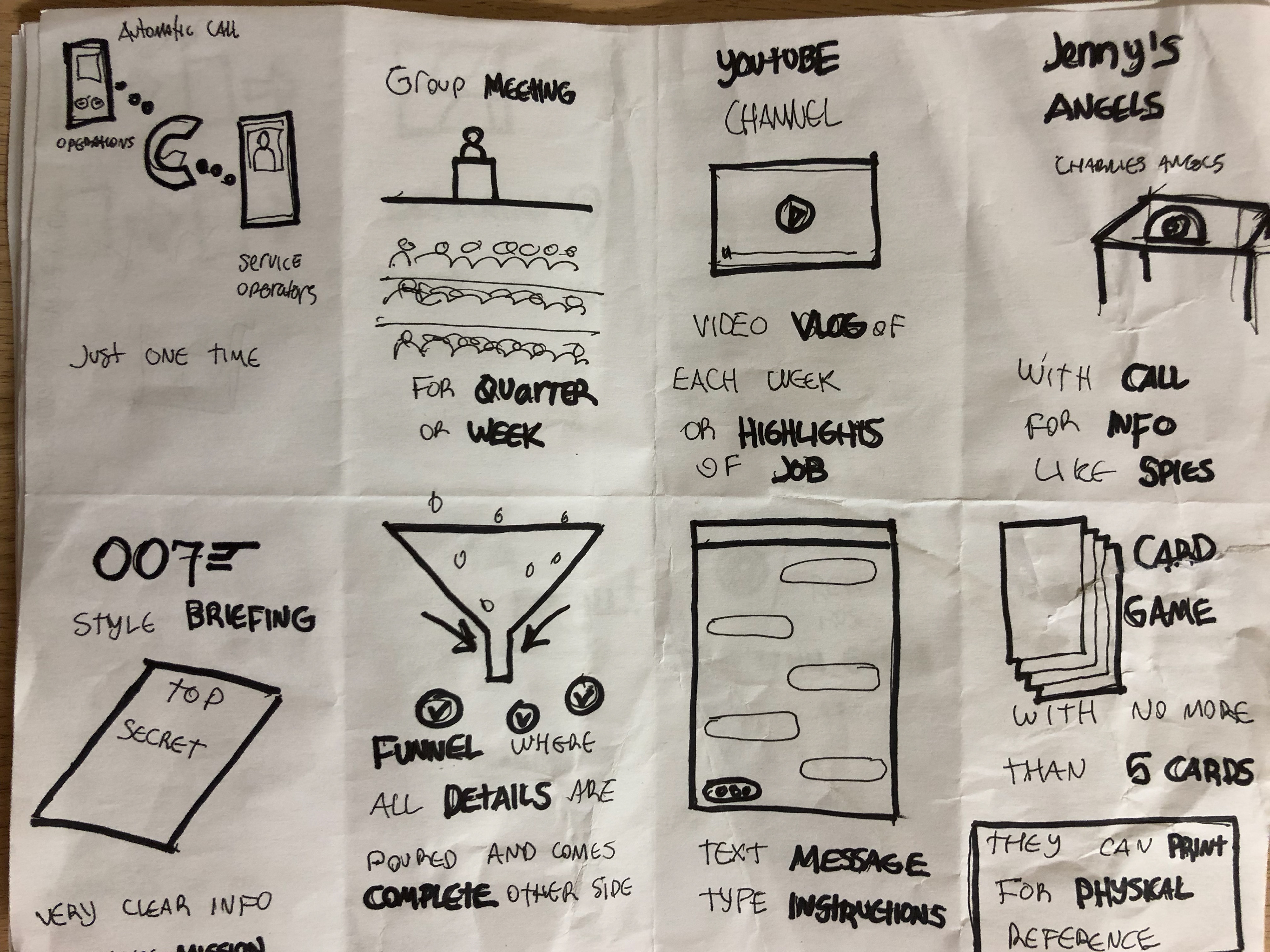
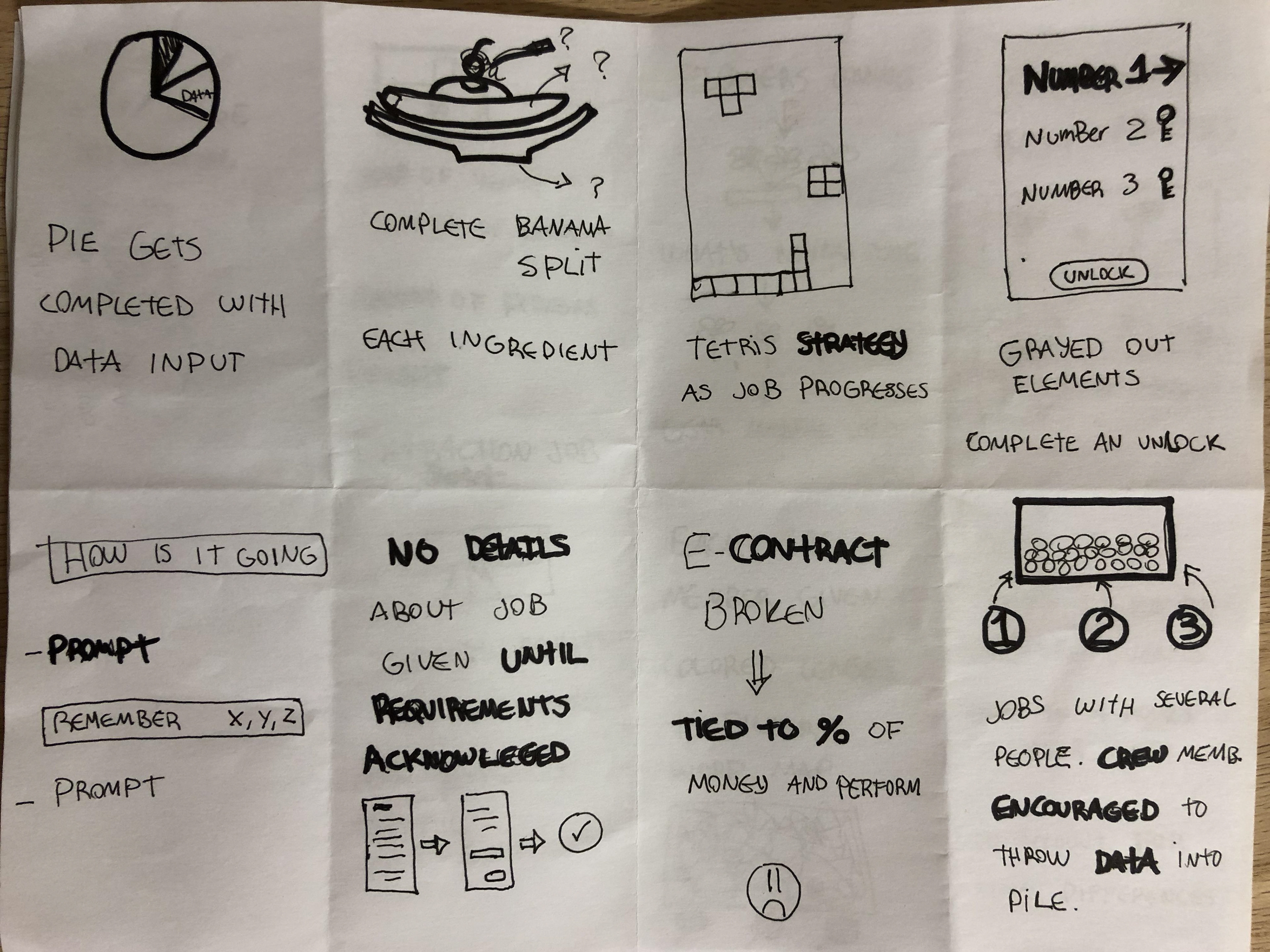
FEATURE & CONTENT MAP
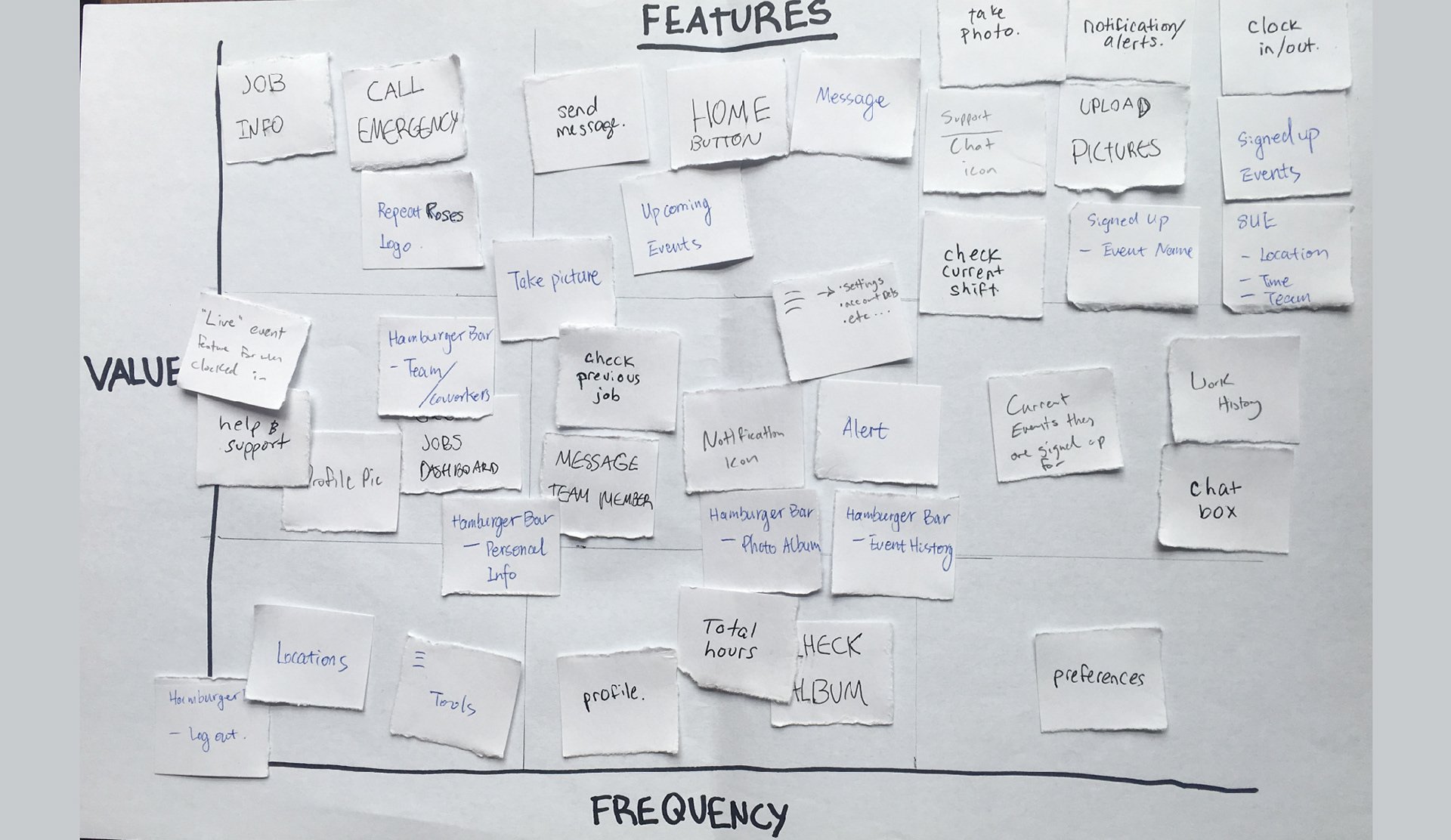
WIREFRAMES
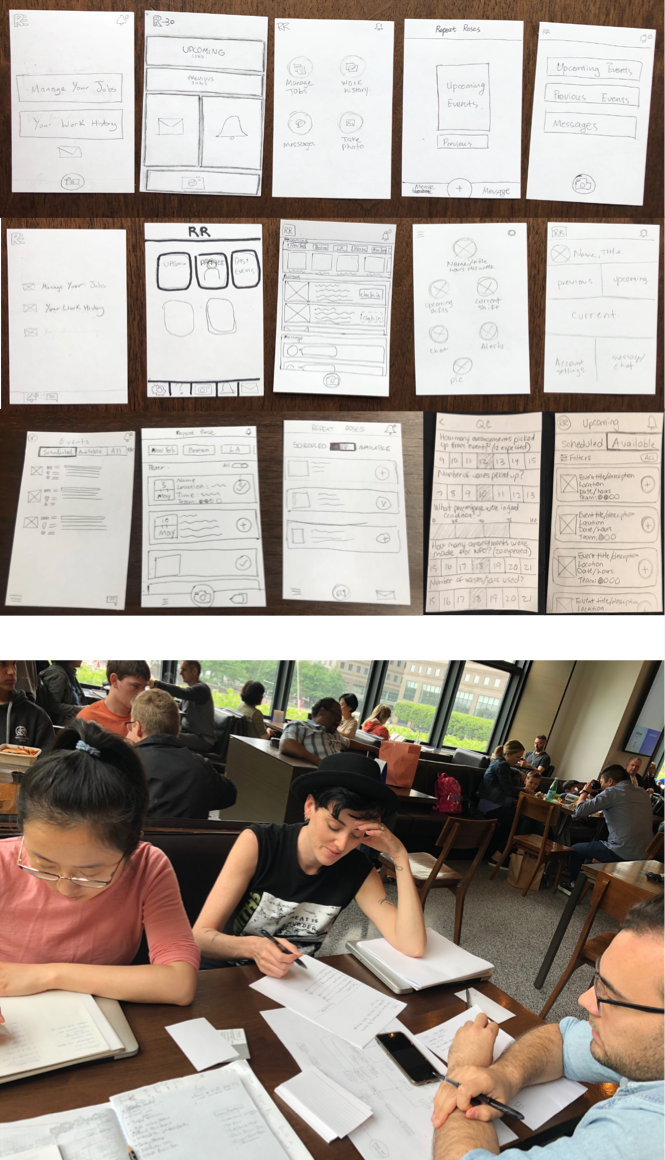
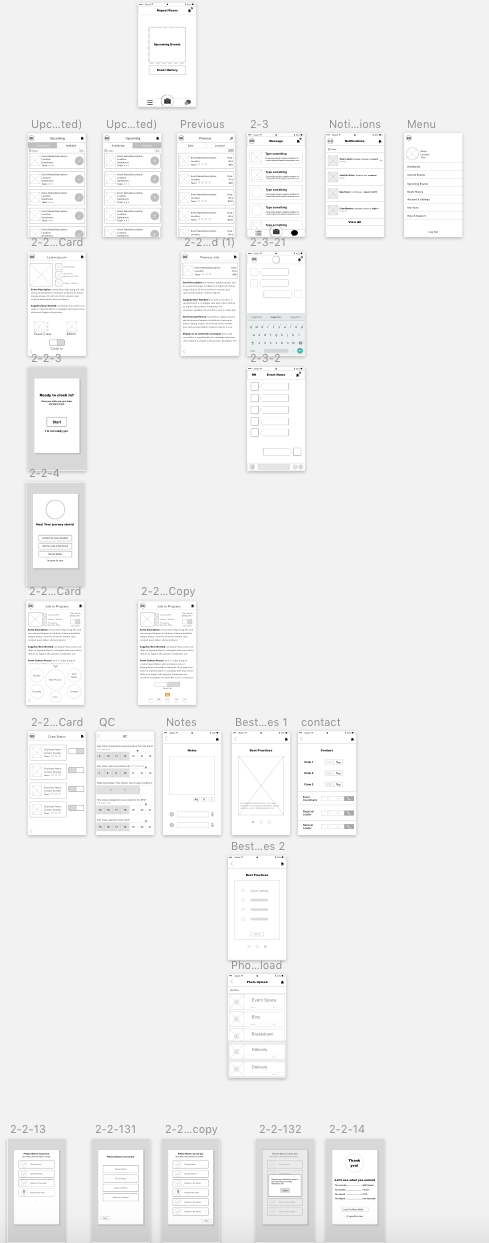
PROTOTYPING
USABILITY TESTING
Goal: How quickly and efficiently can the user complete their required tasks?
Usability Testing
- 10 participants were tested using tools like Zoom and Invision
- In person and remote testing
Does the user have enough information to complete the job?
- If yes, is there information that they can do without?
- If no, what other information do they need to reach their goal?
USER TESTING SCORECARD
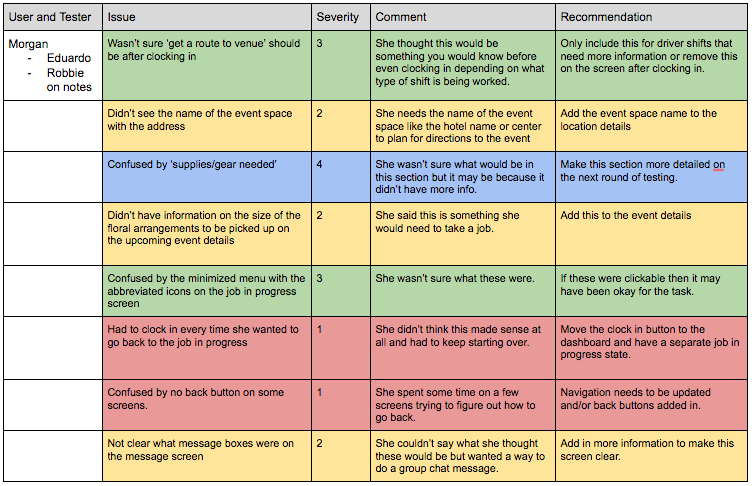
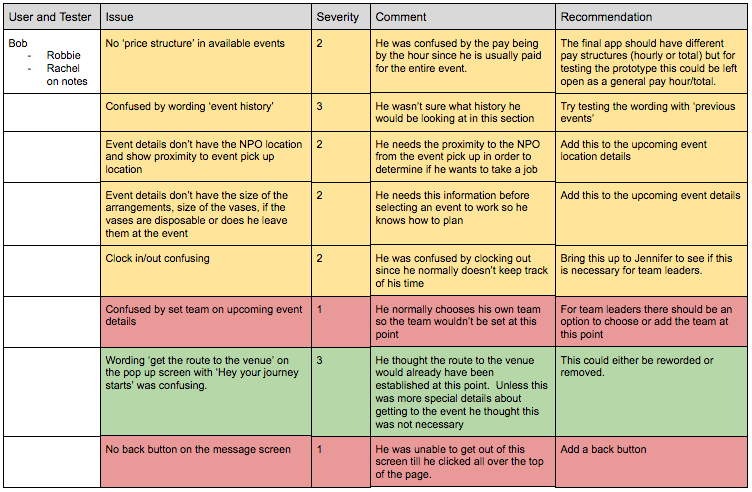
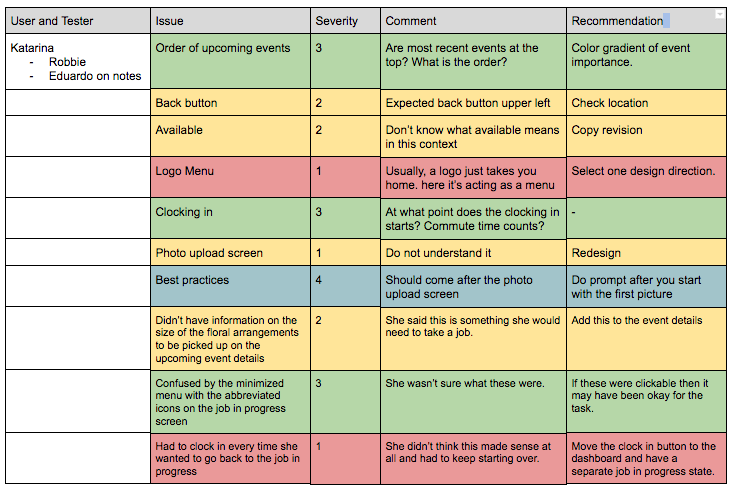
Issues found by users categorized in order of severity by using the "Dumas and Redish Severity Scale":
Level 1: High Priority - Prevents task completion
Level 2: Medium Priority - Creates significant delay and frustration
Level 3: Low Priority - Minor effect on usability
Level 4: Future Enhancement - Subtle and possible enhancements/suggestions
STYLE GUIDE
FINAL ITERATIONS
WHAT WE LEARNED
Team collaboration and collaborative design thinking were critical to both idea generation and the facilitation of core team alignment and decision making.
Conducting field studies with service operators, along with user data from research, interviews, and testing provided invaluable input and ongoing feedback that helped us craft, then iterate an experience that not only delivered on core business needs but also excited users.
With streamlining communications being a main goal of the project, the team, client, and stakeholders having an open and transparent dialogue during the planning and discovery phase were critical to the development of clear objectives and a realistic timeline for the project.
Conducting field studies with service operators, along with user data from research, interviews, and testing provided invaluable input and ongoing feedback that helped us craft, then iterate an experience that not only delivered on core business needs but also excited users.
With streamlining communications being a main goal of the project, the team, client, and stakeholders having an open and transparent dialogue during the planning and discovery phase were critical to the development of clear objectives and a realistic timeline for the project.
NEXT STEPS
Research: Dive deeper into competitors, various technologies, ethnographic research, and more usability testing
Hi-Fi Prototype: Flush out more functions, microinteractions, and mini-animations
Secondary Flows: Expansion on secondary persona, Crew Member
Development Handoff: Package and continue to collaborate
Hi-Fi Prototype: Flush out more functions, microinteractions, and mini-animations
Secondary Flows: Expansion on secondary persona, Crew Member
Development Handoff: Package and continue to collaborate
